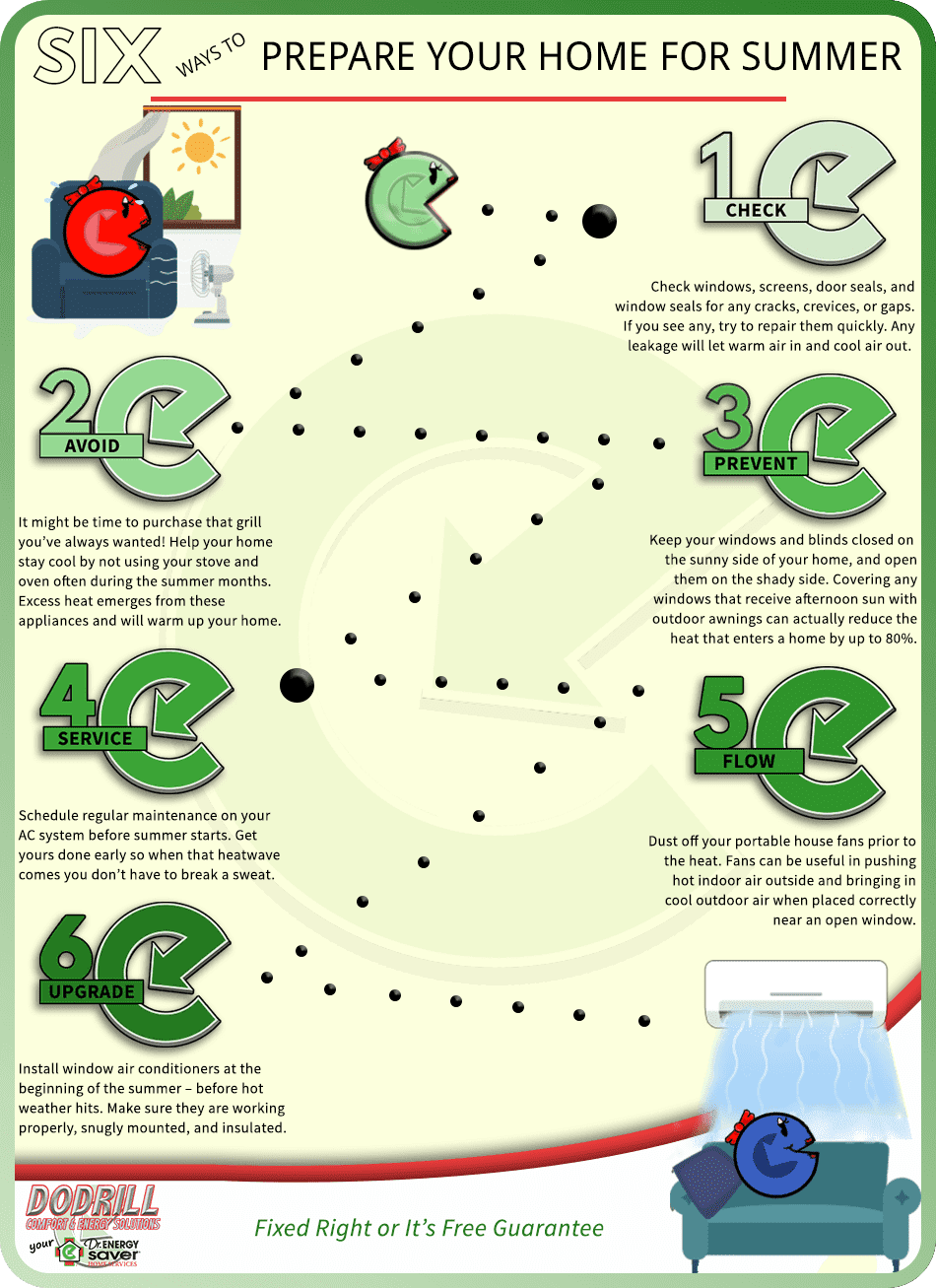Recommended Stress Cleaning Methods Tailored For Each Surface Area
Recommended Stress Cleaning Methods Tailored For Each Surface Area
Blog Article
Short Article Created By-Hyde Puckett
When it concerns push cleaning, the strategy you choose can make all the difference in accomplishing a clean, streak-free coating. You may find that difficult surface areas, like concrete, call for a different method than softer materials, such as timber or vinyl. It's vital to adapt your approaches to the surface type to prevent damage while optimizing cleansing efficiency. So, what are the best methods for each surface, and just how can you guarantee you're using the best setups and devices for the work? Allow's explore what you need to recognize to obtain the very best outcomes.
Tough Surface areas
When it involves push cleaning hard surface areas, prep work is key. Prior to you also consider pulling out the pressure washing machine, take the time to remove the area of any kind of debris, furnishings, or obstacles. You do not want anything entering your way or potentially destructive your tools.
Next, examine the surface area for any splits or damages; this will assist you establish the ideal strategy and stress setups.
When you have actually prepared the area, it's essential to select the ideal nozzle. For simply click the up coming site like concrete or block, a slim nozzle (15 or 25 levels) works best to give a focused stream of water that can effectively eliminate crud and spots. Constantly start at a distance and slowly move more detailed to prevent any kind of surface damages.
As you start washing, keep the stick transferring to stop touches and over-saturation. It's also helpful to work from the top down, allowing dirt and debris to wash away naturally.
Lastly, remember to wash the surface extensively after cleaning to get rid of any remaining detergent. With these techniques, you'll accomplish a clean and renewed appearance on all your hard surfaces.
Soft Surfaces
Stress washing soft surface areas needs a gentler approach to safeguard them from damages. Whether you're cleansing your deck, outdoor patio furnishings, or exterior siding, making use of way too much pressure can bring about dents, scrapes, or even permanent damage.
Beginning by selecting a low-pressure nozzle, preferably a 25-degree or larger spray pattern, to disperse the water more delicately.
Prior to you begin, it's important to pre-treat any type of spots with a suitable cleaning option. This action enables the cleaner to permeate the dirt and gunk, making it easier to wash away without rubbing too hard.
Constantly apply the service from all-time low as much as avoid spotting.
When you start stress washing, keep a range of a minimum of 12 to 18 inches from the surface area. Move your stick in a sweeping motion, keeping it parallel to the surface area to stay clear of concentrated pressure on one area.
just click the following web site after cleaning up to get rid of any residual cleaner.
Lastly, check the surface area for any kind of missed areas and repeat the procedure if needed. By following these steps, you can properly tidy soft surface areas while maintaining their honesty and appearance.
Specialty Surfaces
Cleaning up soft surface areas needs treatment, but specialized surfaces demand even more interest to detail. When you deal with these surfaces, like delicate timber, discolored concrete, or certain sorts of house siding, using the appropriate stress washing methods is vital to stay clear of damages.
Initially, analyze the product. For instance, dealt with timber can commonly stand up to modest pressure, yet softer timbers like cedar may require a lower setup. Constantly begin with the lowest pressure and slowly enhance if necessary.
For stained concrete, use a follower spray nozzle and preserve a consistent range to prevent engraving the surface area.
When dealing with surfaces like plastic home siding or painted surfaces, a large spray pattern helps distribute the stress equally, securing the surface.
window gutter cleaning 's also important to make use of detergents specifically made for specialty surfaces. They can improve cleaning without endangering the product.
https://www.bhg.com/homekeeping/house-cleaning/tips/how-to-clean-concrete-patio/ after cleaning to remove any kind of deposit, as it can cause discoloration or wear and tear in time.
Verdict
In conclusion, grasping stress cleaning techniques for different surface areas can make all the difference in your cleaning outcomes. For tough surface areas, stick to narrow nozzles and a top-to-bottom method, while soft surface areas need a gentler touch with broader nozzles. Don't neglect to pre-treat discolorations and rinse completely to stay clear of residue. By adapting your techniques to every material, you'll not just achieve a cleaner finish but additionally safeguard the integrity of your surfaces. Pleased cleansing!
